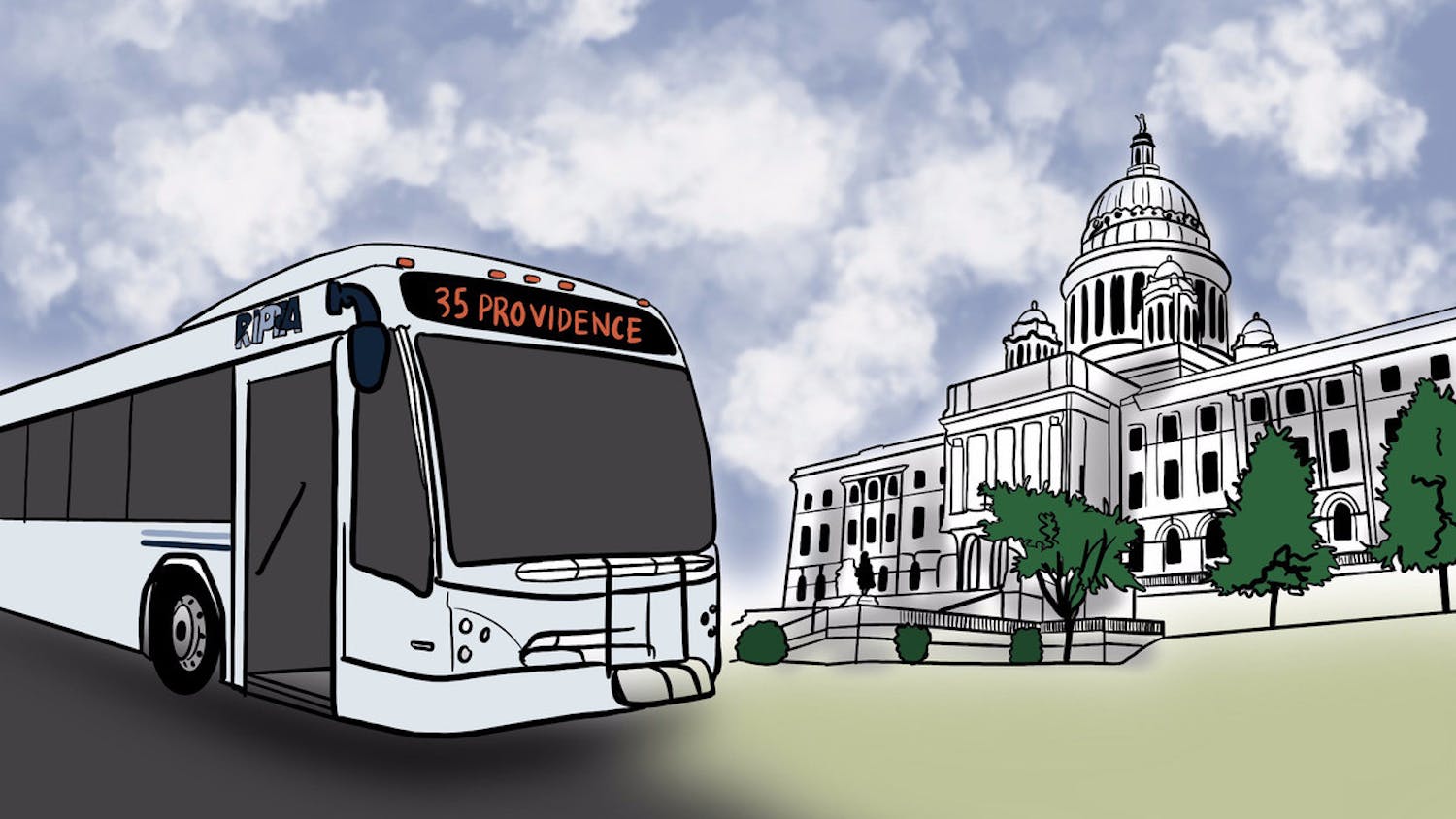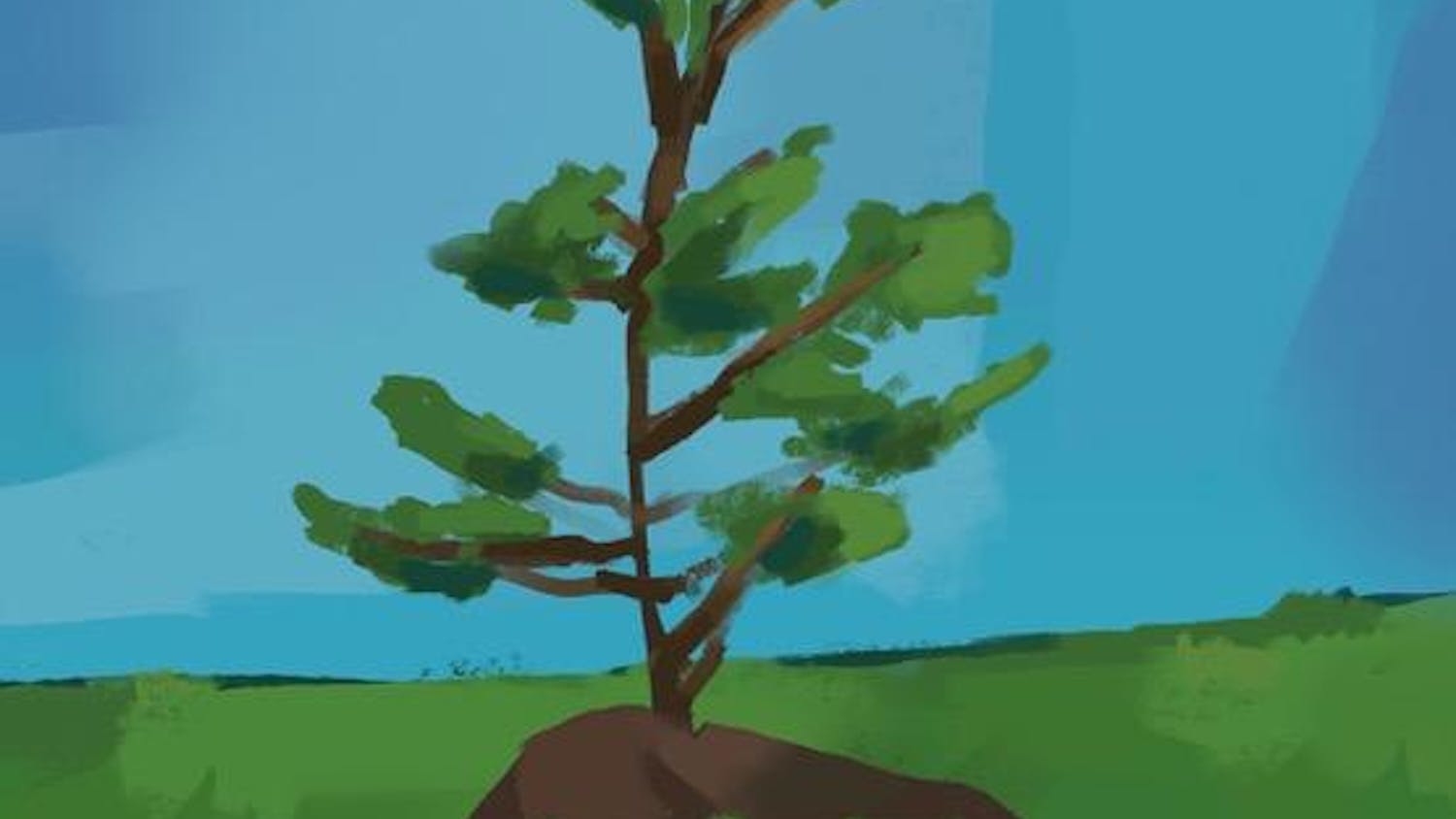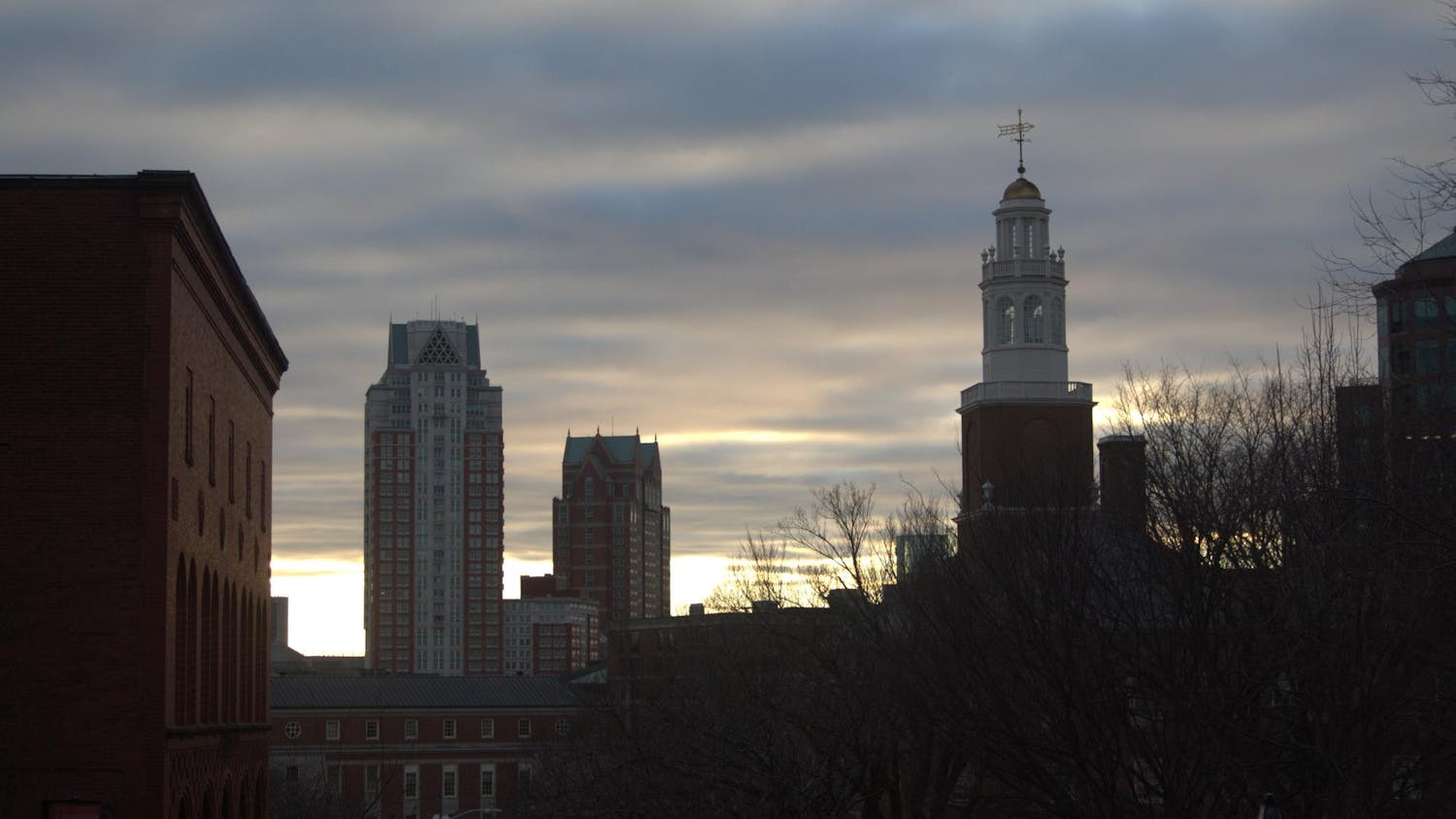North of the Rhode Island School of Design, Main Street is a desolate wasteland, a drag flanked on the west by gas stations and fast food chains and on the east by a graveyard. Main Street dampens the soul.
There is a beacon of hope, though, just north of the Providence city limits. Near the Pawtucket border, bomb-shelled storefronts give way to old warehouses. And this is the home of New Harvest Coffee Roasters.
The New Harvest facilities are divided into a roasting room and a training room. When a coffee shop first begins working with New Harvest, the company's coffee gurus lead the shop's baristas through an intensive training regiment. The slightest mistreatment of New Harvest's beans can ruin a coffee's flavors.
"You can buy the most beautiful coffee and destroy it in seconds," said Gerra Harrigan, New Harvest's director of business development. A coffee like their "El Alto" from Costa Rica must be roasted very lightly for the flavor profile to show its bright notes. While trends are moving towards roasting and brewing coffees to their own specifications, many shops indiscriminately dark-roast all beans.
While coffee is central in barista training, many of the classes are espresso-centric, she said. Many baristas want to jump right to espresso art.
Harrigan says that espresso art is important for baristas as it helps them focus on steaming well-textured milk. When the milk is thin enough to create detailed designs, its density is ideal for a latte.
"It's like chemistry," Harrigan said.
The community roast
The training room also plays host to monthly "barista jams," during which baristas go head-to-head over latte art. The judge usually throws out the losers' latte, but someone will drink the winner's cup. It's too painful to throw it out, Harrigan said.
"It's like basketball," Harrigan said, gazing at the dry-erase bracket proudly. This past weekend the crew was in Boston at the Northeast Regional Barista Competition. It is the first time the competition has been held in the Northeast, after previously being held in conjunction with the Mid-Atlantic competition. New Harvest's own Todd Mackey came in fifth place, Harrigan said.
Mackey and Simon Ouderkirk, who runs the coffee program at Seven Stars Bakery, are working to develop the Providence Coffee Society. The society's goal is to establish a "coffee community." The barista culture in Providence is up-and-coming, Harrigan explained. "You can taste it," he said.
The roasting room is home to two coffee roasting machines, affectionately called "Wolf Maiden" and "Cupcake." Wolf Maiden is capable of roasting up to 35,000 pounds of coffee a week. When coffee is roasted, it is placed into a large drum that rotates it over a gas flame, then transferred to a cooling chamber. The roaster — a person, not a machine — regulates the temperature and air flow during the entire process.
Wildness of the bean
This Tuesday morning, Rik Kleinfeldt, the founder of New Harvest, changes the air flow on the Sumatra he's roasting to split it between the heating drum and the cooling chamber. He explains that a goal of roasting is to separate the chaff from the quality part of the bean through a heavy air flow, while simultaneously maintaining a high temperature.
Kleinfeldt roasts this Sumatra as a "full city roast," or a medium roast. Upon picking, most artisanal coffee is washed before the fruit is removed from the bean. The fruit of a Sumatra coffee is left in contact with the bean far longer, so Kleinfeldt roasts Sumatra longer to "temper that wildness."
All of the beans are shipped to Pawtucket by importers in New York City. While the New Harvest roasters have visited a number of their feeder plantations, they still buy primarily from importers. To buy directly from the farmers would require an enormous volume, but New Harvest is beginning to form relationships with individual farms as part of a goal to start buying from the source.
It's all in the slurp
Mackey runs a "cupping" every morning — a blind coffee tasting. Mackey sets out the grounds of three or four coffees in twice as many cups. Employees gather to smell the grounds and take notes. A barista then carefully pours boiling water over grounds at the bottom of each cup.
They count down four minutes, the optimal brew time before the "break." When the magic moment is reached, a barista sticks his nose almost into the coffee and pushes back the layer of grounds that has formed at the top of the cup. It is at this moment that the most intense aromas are released.
The proper tasting method is a loud slurp, such that the coffee coats the entire mouth. A sip only touches the tip of the tongue.
Some tasters cup in absolute silence and under a red light to heighten their senses of taste and smell. Without speaking about what they experience, the baristas proceed to taste the coffee hot, and as it cools. A coffee that is good even as it cools proves itself to be free of defects.
A cupping can consist of any combination of coffees, often from one region. Tuesday morning, the New Harvest team is cupping east African coffees. Sometimes they will cup a triangulation, which consists of two of the same types of coffee and one different type, just to keep themselves on point.
Mackey loves tasting coffee from other roasters, as he likes to keep track of what others are doing. It's not for the sake of competition, he said, so much as for the sake of learning.
"We like to enjoy everyone's roasting style," he said.
Mackey says that he is always growing at New Harvest. The spirit is one of adventure — of reevaluation — and it is always a learning experience.




